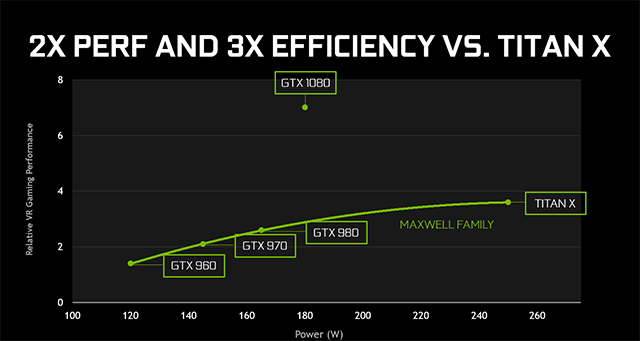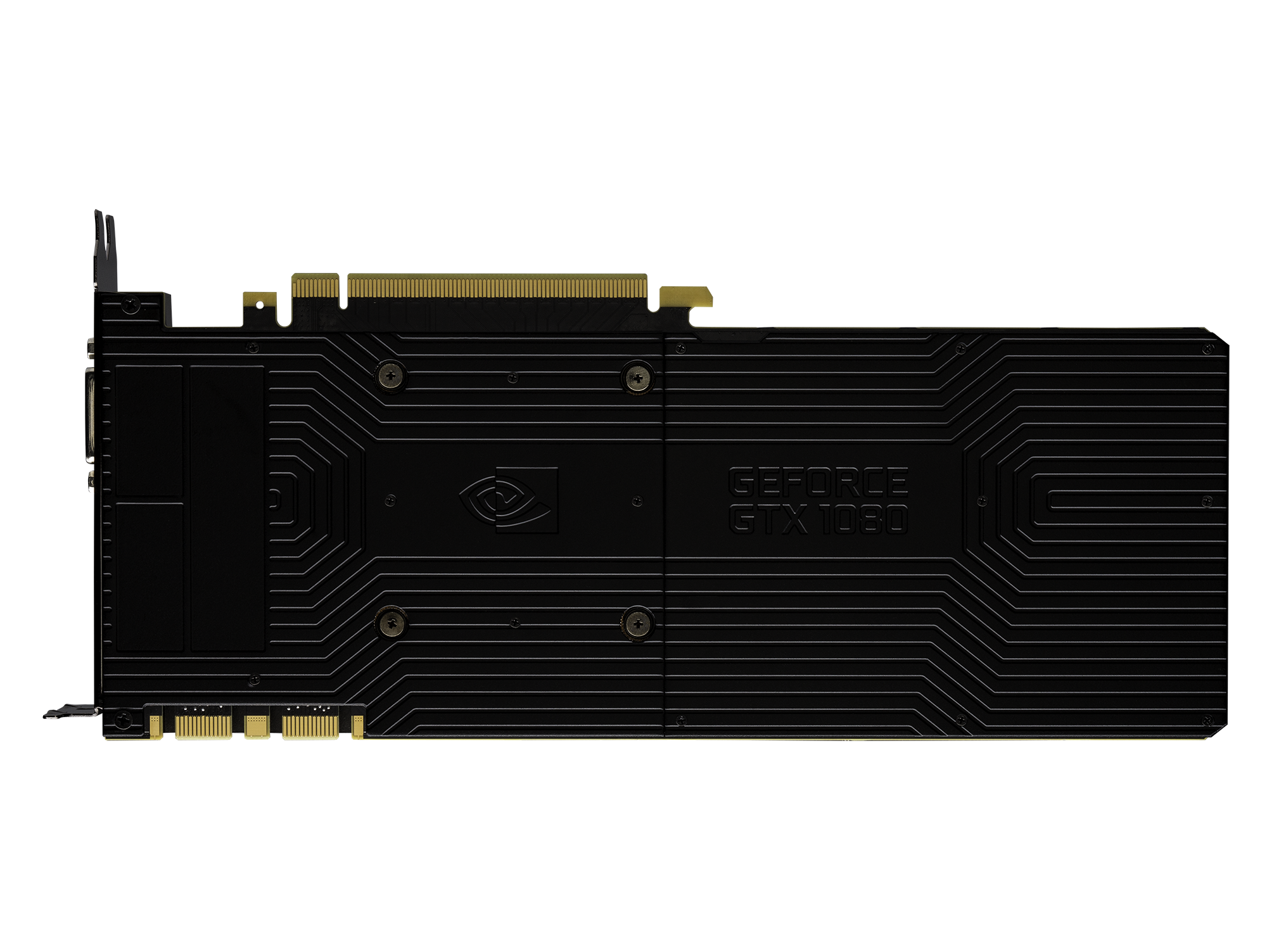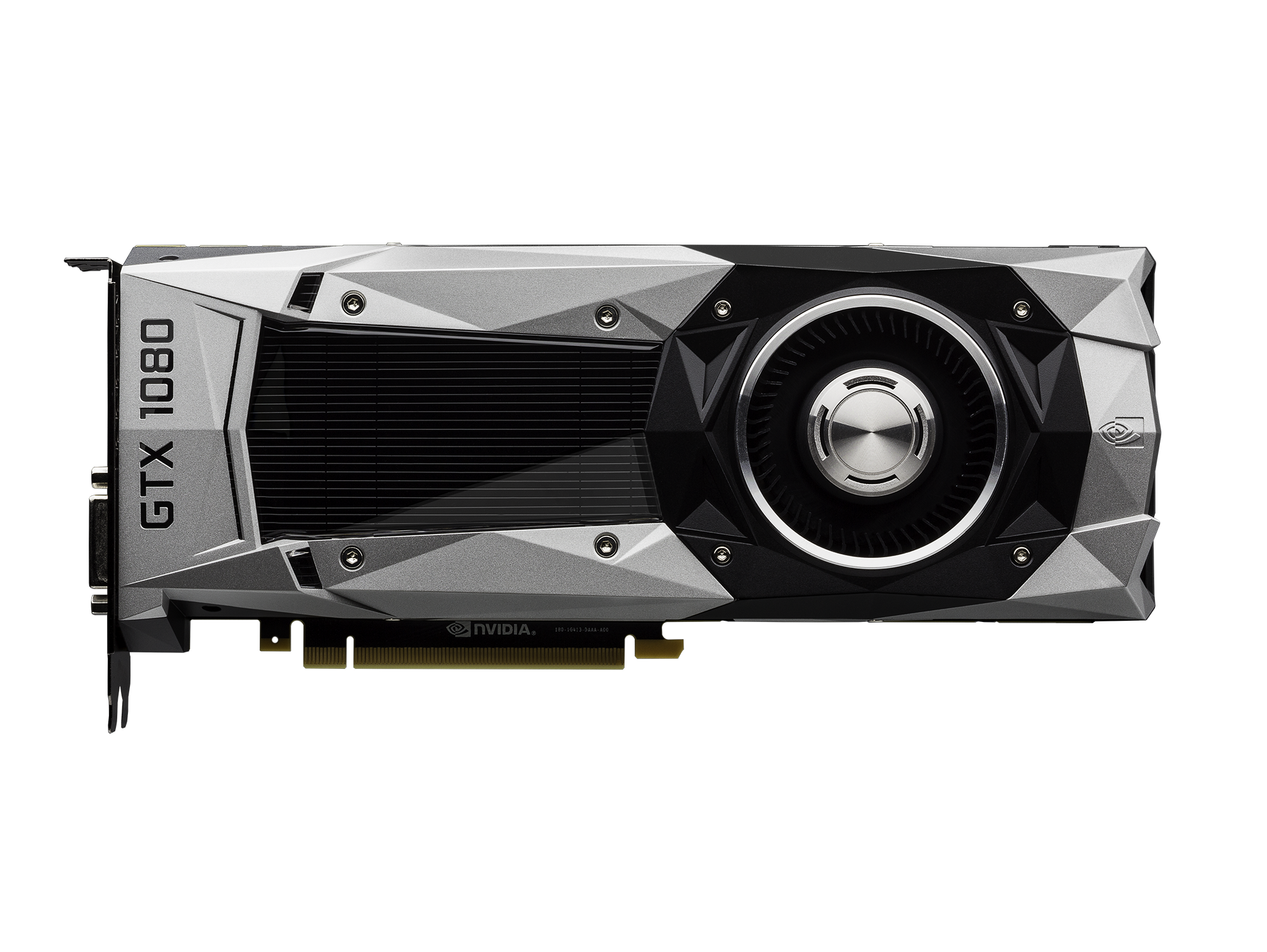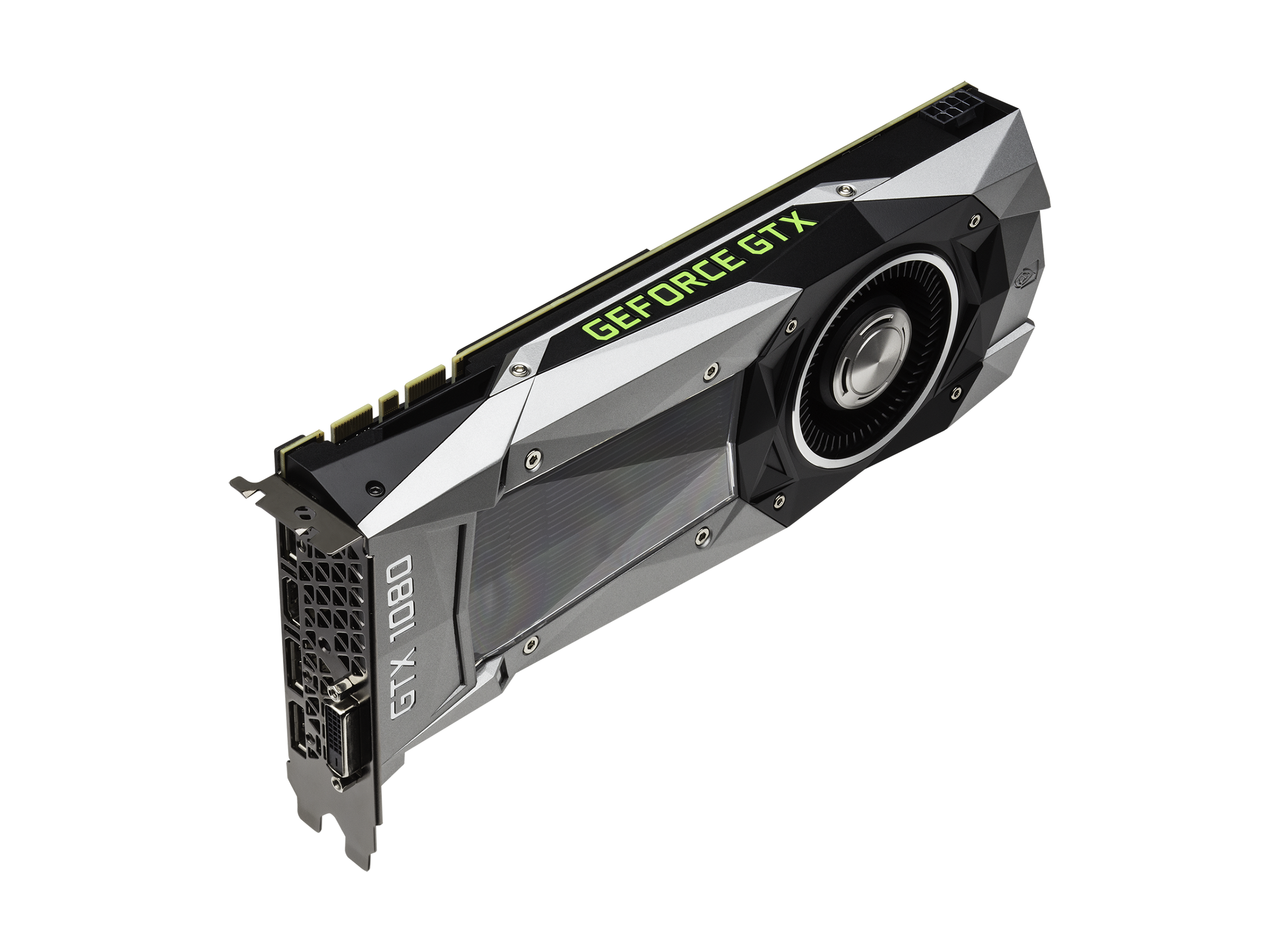Introducing The GeForce GTX 1080: Gaming Perfected
Today, NVIDIA CEO Jensen Huang revealed our highly-anticipated Pascal architecture and our new flagship GPU, the GeForce GTX 1080, the most advanced graphics card ever created. With game-changing performance, innovative technologies, and immersive, next-gen VR experiences, the GeForce GTX 1080 is gaming perfected.
The GeForce GTX 1080 is a quantum leap in performance. Faster than both the GeForce GTX 980 Ti and GeForce GTX TITAN X, the GeForce GTX 1080 is built with the very latest technology to deliver unprecedented performance and efficiency, giving gamers the horsepower to play the newest games with settings maxed out. Whether they’re on your monitor or in Virtual Reality.
Together, these VRWorks technologies enable us to better simulate reality across sight, sound, touch, and behavior, creating a more realistic and entertaining experience.
See for yourself in "NVIDIA VR Funhouse", our upcoming VR experience that incorporates VRWorks and NVIDIA GameWorks technologies.
The GeForce GTX 1080: The World's Fastest & Most Advanced Graphics Card
With the power of the Pascal architecture, the efficiency and performance of the 16nm FinFET GPU, the blistering speed of the GDDR5X VRAM, and the craftsmanship of the fan, vapor chamber, backplate, and shroud, the GeForce GTX 1080 is the world's fastest and most advanced graphics card.
If you want the best experiences, the fastest speeds, access to the new Simultaneous Multi-Projection and VRWorks technologies, Game Ready drivers, super smooth G-SYNC gaming, innovative software like Ansel and GeForce Experience, and access to all of the other advancements we've created over the past 23 years, the GeForce GTX 1080 is the graphics card to get.
No other game in town can deliver the performance or feature set of the GeForce GTX 1080, the world's first 16nm FinFET, GDDR5X, Pascal-powered graphics card. Register your interest now to be notified about GeForce GTX 1080 availability.
GeForce GTX 1080 retail availability from the world's leading add-in card suppliers, including ASUS, Colorful, EVGA, Gainward, Galaxy, Gigabyte, Innovision 3D, MSI, Palit, PNY and Zotac, will begin at the end of May. Partner boards will vary by region, and pricing is expected to start at $599. If you want to try your hand at winning a GeForce GTX 1080, or even a custom gaming rig, test your puzzle-solving skills in our Order of 10 Challenge.
One more thing: the NVIDIA GeForce GTX 1070 is coming June 10th. Stay tuned to GeForce.com for further details.






















Comments